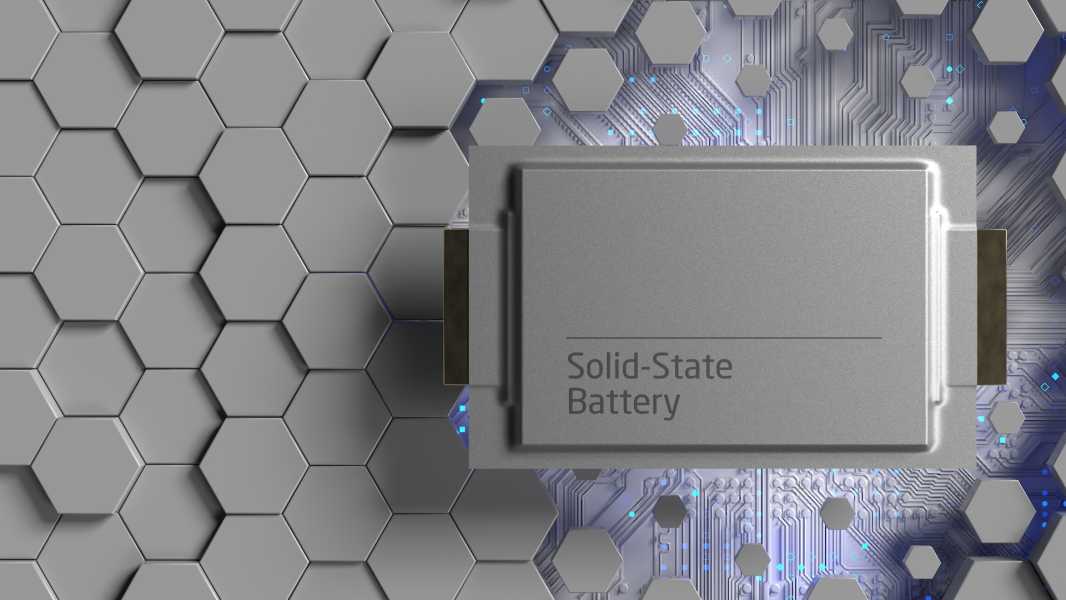
Honda could be a pioneer in the adoption of solid-state batteries in electric vehicles over the next decade. (Image credit: JLStock via Shutterstock)
Honda intends to begin producing solid-state batteries for electric vehicles (EVs) that can travel up to 620 miles (1,000 kilometers) on a single charge, more than double the range of today's mass-market EVs, the company announced last month.
If this goal is achieved, it would be a significant step towards overcoming the “range anxiety” that has been the main barrier to widespread adoption of electric vehicles.
In November, Honda showed off a production line for its future solid-state batteries, which the Japanese automaker plans to introduce into its mass-market electric vehicles in the second half of the decade.
“The all-solid-state battery is a game-changer for the electric vehicle era,” said Keiji Otsu, president and representative director of Honda R&D, in a statement. “By replacing the motors that have powered automobiles to date, batteries will be a key element of electrification.”
These solid-state batteries are expected to be 50% smaller, 35% lighter, and 25% cheaper to produce than the liquid lithium-ion batteries used in today’s electric vehicles. However, the main obstacle to the technology is that Honda’s solid-state cells are currently too small to fit into any current vehicle. The new facility aims to address this issue starting in 2025.
There is a solid road ahead
Solid-state batteries use a solid electrolyte, a material that allows ions but not electrons to pass through it. Electrolytes allow positively charged ions to move between the two ends of a battery cell, designated the positive and negative electrodes—the cathodes and anodes, respectively. When this happens, negatively charged electrons move from the anode to the cathode through an external circuit, creating an electrical charge. Solid-state batteries replace the liquid electrolyte—usually a lithium compound in a polymer gel or liquid—with a solid material such as a ceramic, including lithium orthosilicate, or glass.
Solid-state batteries have a higher energy density than similarly sized batteries that use liquid electrolyte. This is because liquid lithium-ion batteries require graphite anodes to store and control the flow of ions in the battery electrolyte. Solid-state batteries can instead use a pure lithium anode, which is more energy dense and can store more ions in the same volume or even in a smaller space than a graphite anode.
Moreover, solid components do not require as strict temperature control as traditional lithium-ion battery systems. Solid-state batteries are also safer because they can do without solvents such as ethylene carbonate, which are commonly used for liquid electrolytes and can ignite if the battery cell is damaged.
While solid-state batteries are not new, they have yet to be produced at the scale needed for electric vehicles. Not only are they more expensive to produce than lithium-ion batteries, but technical challenges still prevent them from being reliable enough for electric vehicles.
The main problem is the fragility of the ceramic separator, which is used to prevent the anode and cathode from contacting, and which can begin to crack over time due to expansion and contraction caused by chemical reactions. If this happens to the separator, which is also a solid electrolyte, it can cause a short circuit between the electrodes and cause the battery to fail.
Another problem is that the electrolytes in solid-state batteries are made of polymers, which do not allow ions to move between the electrodes as freely as in a liquid electrolyte, limiting the battery's performance. And over time, the electrodes t
Sourse: www.livescience.com





